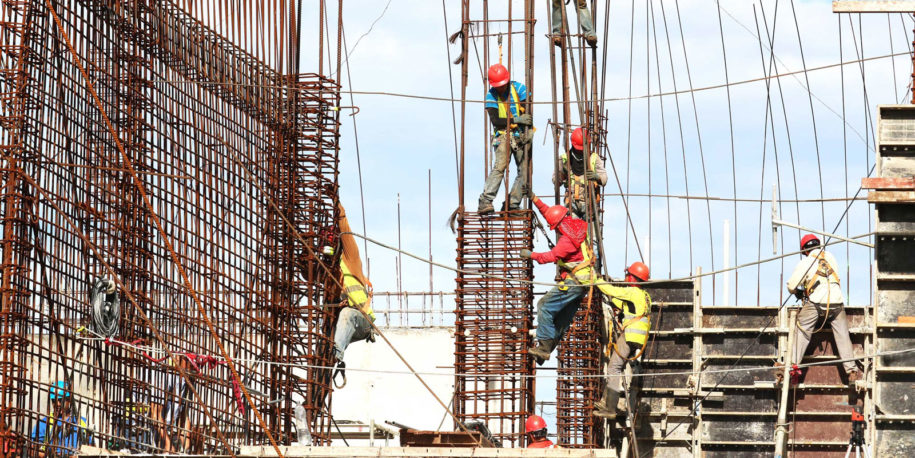In times of turbulence, like what we’re seeing during the COVID-19 pandemic, what were once best practices often become absolute necessities for survival.
If you work in construction and find yourself concerned about cash flows, take a look at these tips to help provide access to capital as well as stretch what you already have.
The first step is to break your plan of attack down into two categories: operating and financing/investing. Both can have positive effects on cash flows, but, in general, operations will have the more immediate effect but less impact.
Operating cash flows
1. Projection
Complete a cash flow projection. This will let you know how aggressive your actions need to be. Will you have enough to last a month, a week or a few days? Since contract cash flows are the driver, you will also want to prepare a schedule of cash flows by job. This will let you know which jobs are helping and which are hurting.
Take particular care of cash flows on bonded jobs. You never want to rob Peter to pay Paul; this is especially true on any jobs where you are personally indemnified.
2. Billings
Be as diligent about timely billing and overbilling as possible. Follow up via a call or email to confirm that the bill was received and there are no issues that would prevent it from being approved. In construction, it seems all too common to have owners/engineers reject bills for minor changes, and that causes major delays in receiving payment.
3. Accounts receivable
Assign a person to follow up on collections, call on the due date of the bill and with regulatory thereafter, and confirm that no needed items such as lien release, insurance certs, etc. are the holdup. To avoid conflicts, it can be better to have someone other than the PM or project engineer assigned this task.
Protecting receivable is especially important. Don’t forget to file appropriate liens in a timely manner to preserve your rights. With some courts working shorter hours or even closed on some days, you don’t want to wait until the last minute to file liens.
Finally, if you have any old retention balances outstanding, it is time to follow up on those as well. Why are they still outstanding? Maybe it is something small on their punch list you didn’t even know about.
4. Accounts payable
Make sure you are tracking payables with details on due date and discount terms. If you haven’t already, find out which vendors accept credit cards. When paying for items on a credit card and paying off the balance, you gain an extra 30 days of interest-free cash flows.
Also, review and place payables into two categories: what absolutely has to be paid and what can wait. If you have a key supplier, consider discussing credit terms.
5. Payroll and benefits
Most people will agree this is the one area that you can ill afford to miss. Failing to remit payroll taxes is a major issue that carries steep fines, possibly worse.
Areas where you can potentially save some cash are discretionary benefits such as a 401(k) match; consider turning it off. You can consider retroactively matching at a later date.
Also revisit owners comp. If this has gotten inflated in recent years, it might be time to cut back, if not temporally forgo.
Finally, if we get there, employees are more likely to accept a pay cut or a part-time schedule that will allow them to retain health benefits than a layoff.
6. Layoffs or furlough
You are better off making the tough decision now and being able to re-hire a worker when the time is right. It’s important to stay up to date on labor laws, as they are changing constantly. Furloughs generally have a set beginning and end date, similar to the shutdown ordered in many cities. During this time, employees can collect unemployment without some of the additional hoops required by a layoff.
If the effects of COVID-19 ultimately lead to jobsite shutdowns or substantial inspection backlog, as it already has in some areas, operational changes may not be of the magnitude needed to survive. For more substantial access to capital, consider the following financing tactics.
Investing/financing
1. Communication with the bank
The FDIC is encouraging financial institutions to help affected borrowers in a variety of ways, from payment deferment to interest-only payments. Proactively work with your bank to schedule payments to your benefit. Also consider if a proactive increase in your line of credit might help with upcoming cash-flow constrictions.
2. Owner loans
DO NOT loan funds to your company without a signed loan agreement. The moment you advance funds to the company, they become at risk. A signed note document provides some protection in this area. That being said, owner loans are a good source of emergency capital.
3. New capital
Emergency funds are becoming available through federal and state programs. Currently, many states are eligible for loans under the SBA’s Economic Injury Disaster Loan program. Eligibility information, loan application links and emerging economic recovery resources can all be found at the SBA’s website here.
Plan for the worse and hope for the best. Yes, the entire world and construction industry just got punched in the mouth, but things will turn around. Right now, it is all about cash flowing through the crisis.
